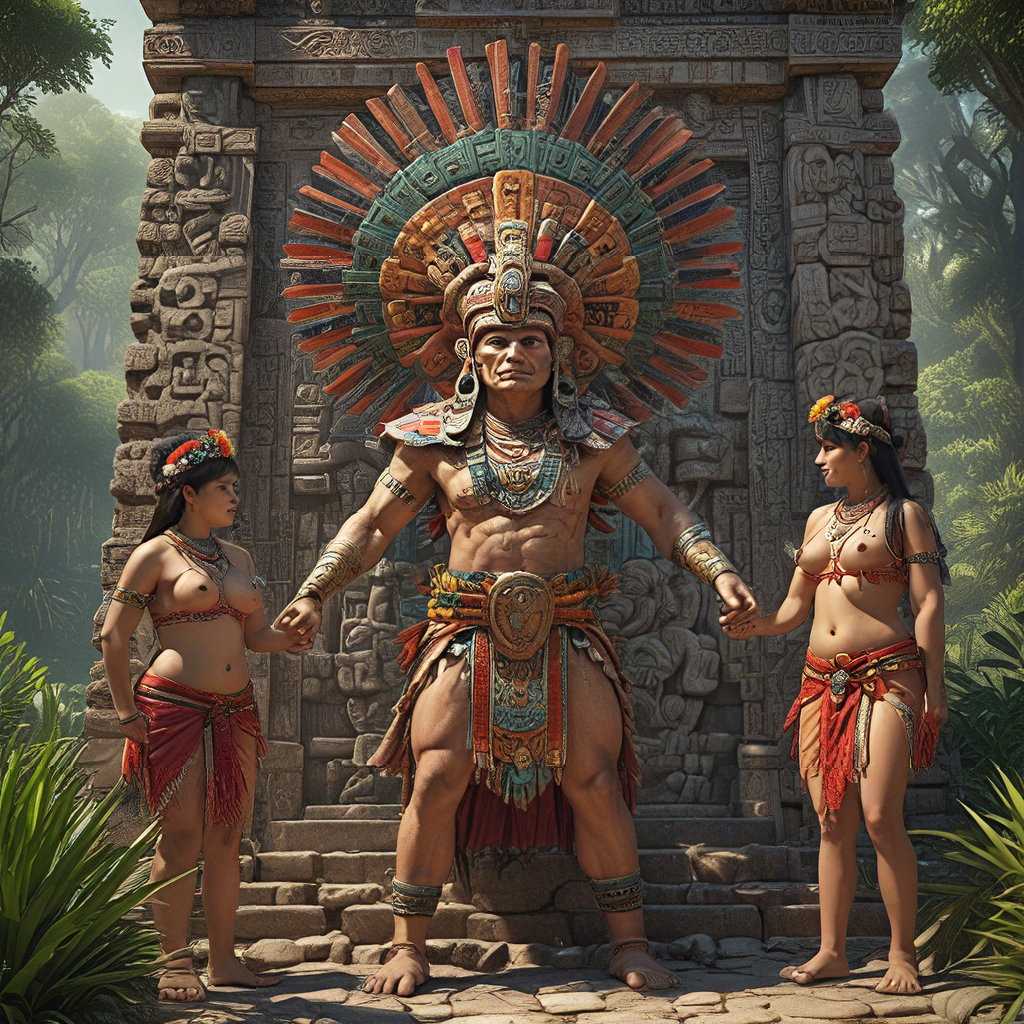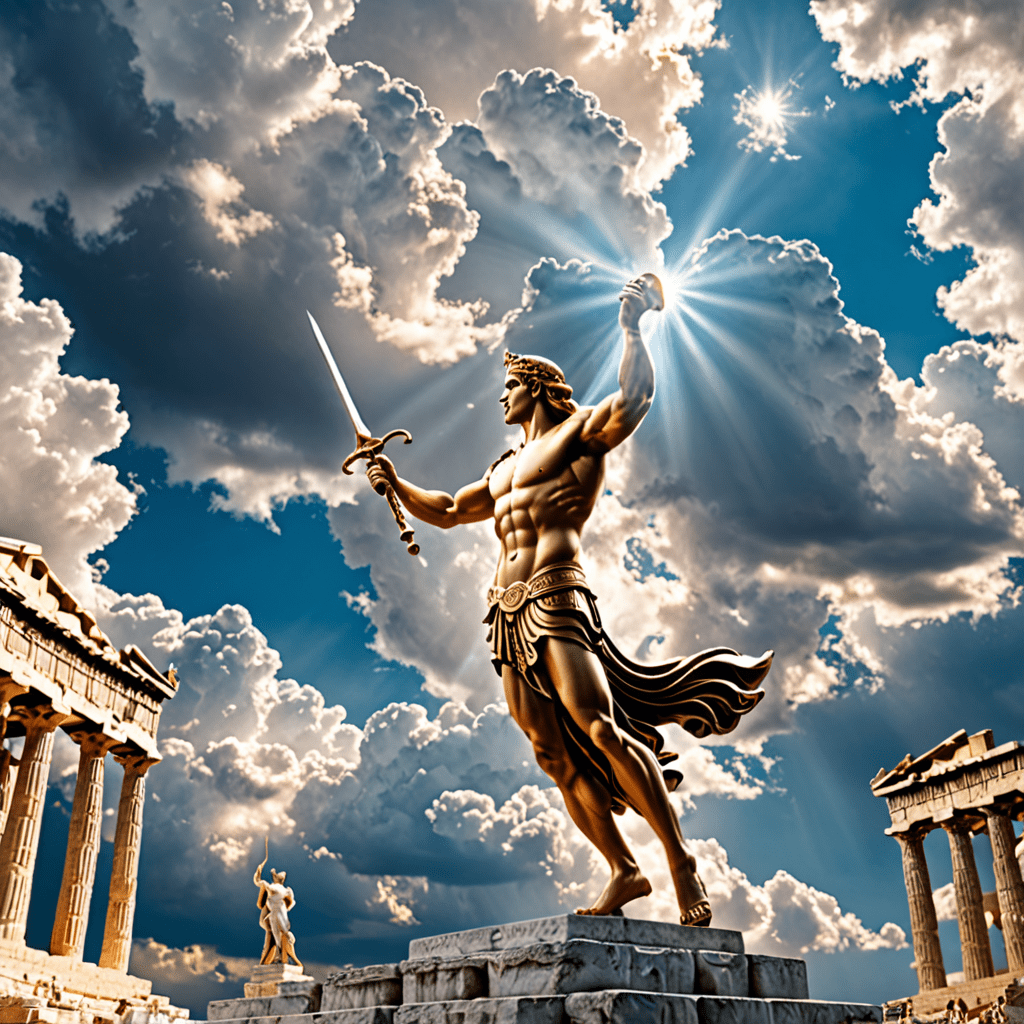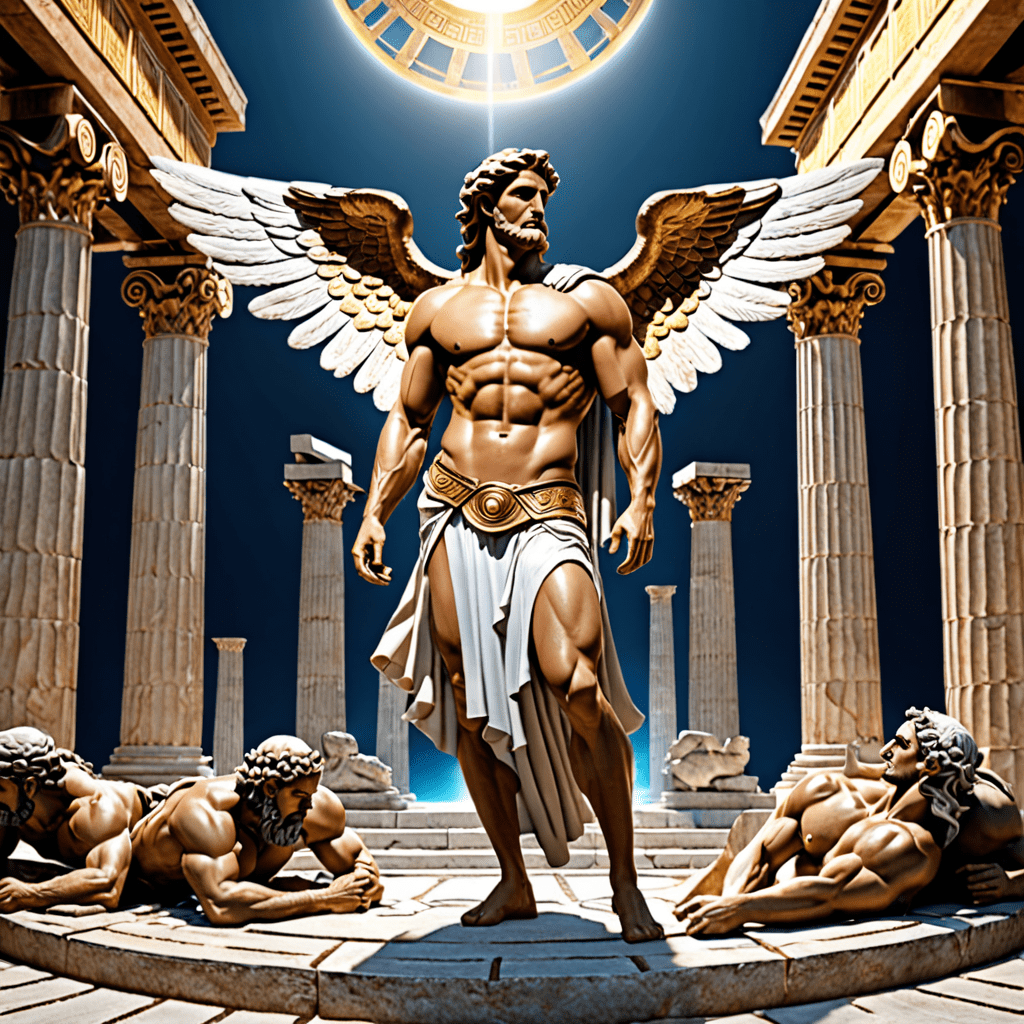Xochipilli: The Aztec God of Flowers, Music, and Games
Xochipilli, whose name translates to "Flower Prince," was a significant deity in Aztec mythology. He was revered as the patron of flowers, music, dance, games, and pleasure. Unlike some of the more fearsome Aztec gods, Xochipilli embodied joy, beauty, and the flourishing of life.
Xochipilli’s Role in Aztec Mythology
Xochipilli played a vital role in the Aztec worldview, embodying the harmony and abundance that they strived to maintain. His association with flowers reflected the importance of nature, agriculture, and the beauty that surrounded them. Music and dance were integral to Aztec life, serving as forms of expression, celebration, and ritual, and Xochipilli presided over this realm of artistic expression.
Xochipilli’s Association with Fertility
While not solely a god of fertility, Xochipilli was closely connected to the concept of new life and growth. This association stemmed from his association with flowers, which symbolized renewal and the blossoming of life. His connection to fertility extended to the realm of human reproduction, as he was believed to guide the process of conception and childbirth. Xochipilli's presence in Aztec rituals and offerings relating to fertility underscores his importance in this domain.
The Importance of Flowers in Aztec Culture
Flowers held immense significance in Aztec culture, symbolizing beauty, life, and the cycle of death and rebirth. They were frequently incorporated into rituals, offerings, and decorations, adorning temples, homes, and even the bodies of the deceased. The vibrant colors and delicate fragrances of flowers were seen as expressions of the divine, mirroring the beauty and vibrancy of the natural world.
Xochipilli’s Connection to Music and Dance
As the god of music and dance, Xochipilli played a key role in promoting artistic expression and cultural celebration. Music and dance were deeply intertwined with Aztec life, serving as a means to honor the gods, celebrate harvests, and commemorate important events. Xochipilli's presence at festivals and celebrations underscored the role of music and dance in enriching human life and connecting humanity to the divine.
Xochipilli’s Symbolism and Iconography
Xochipilli's iconography reflects his multifaceted nature and his connection to the natural world. He is often depicted as a young, handsome man, adorned with flowers, feathers, and other symbols of beauty and abundance. In many representations, he is shown playing a flute or other musical instrument, reflecting his role as the patron of music and dance.
The flowers that adorn Xochipilli have distinct symbolic meanings. Hibiscus flowers, often associated with love and beauty, are frequently depicted on his garments. The maize plant, a staple food source for the Aztecs, symbolizes nourishment and prosperity. The presence of these symbols underscores Xochipilli's connection to the natural world and his role in ensuring fertility and abundance.
Another common iconographic element associated with Xochipilli is the hummingbird. These birds were revered by the Aztecs for their beauty and association with the sun god, Huitzilopochtli. Xochipilli's association with the hummingbird reinforces his connection to the divine and his role as a bringer of joy and prosperity.
Theories on Xochipilli’s Origins
The origins of Xochipilli are shrouded in mystery, and there are various theories regarding his emergence and evolution in Aztec mythology. Some scholars believe that he was a relatively late addition to the Aztec pantheon, possibly emerging from the confluence of earlier Mesoamerican deities associated with flowers, music, and pleasure.
The name "Xochipilli" itself suggests a connection to the Toltec civilization, which flourished centuries before the Aztecs. The Toltecs had a god named Xolotl, who was associated with fertility, transformation, and the twin stars Castor and Pollux. It's possible that Xochipilli evolved from an earlier version of Xolotl, incorporating elements of fertility, music, and art.
Xochipilli’s Relationship to Other Aztec Deities
Xochipilli's relationship with other Aztec deities was complex and multifaceted. He was often seen as a subordinate deity, associated with the more powerful gods like Tlaloc, the god of rain, and Tezcatlipoca, the god of magic and fate. However, Xochipilli's role as the embodiment of joy and abundance made him an important figure in Aztec mythology, balancing the more somber and demanding aspects of the pantheon.
One notable relationship was with his twin brother, Macuilxochitl, the god of the five senses, games, and gambling. Together they represented the duality of pleasure and vice, showcasing the nuances of human experience and the delicate balance between indulgence and moderation. Xochipilli's connection to other deities, both through kinship and association, highlighted his importance in the intricate tapestry of Aztec mythology.
Xochipilli in Aztec Rituals and Festivals
Xochipilli played a central role in Aztec rituals and celebrations. Festivities dedicated to him were often held during spring, when flowers bloomed and nature was in full bloom. These celebrations, known as the "Feast of Flowers," were times of joy, music, and dance. Offerings of flowers, incense, and music were presented to Xochipilli, seeking his blessings for a bountiful harvest and a flourishing life.
Xochipilli was also associated with certain rituals related to fertility and human reproduction. Couples seeking children would offer prayers and sacrifices to him, hoping to gain his favor and ensure a healthy and prosperous lineage. His presence in these rituals underscores the importance of fertility and continuity for the Aztec people.
Xochipilli’s Legacy in Modern Culture
Xochipilli's legacy continues to resonate in modern culture, particularly in the realms of art, literature, and music. His image and symbolism have been incorporated into contemporary art, symbolizing the beauty, creativity, and joy of life. His association with music and dance has inspired countless artistic expressions, exploring the power of these art forms to connect people to their emotions and to the divine.
Xochipilli's story serves as a reminder of the power of nature, the beauty of artistic expression, and the importance of celebrating life's pleasures. His enduring legacy underscores the enduring fascination with his character and his connection to the profound and enduring themes of life, renewal, and the human spirit.
Frequently Asked Questions (FAQ)
Q: What is Xochipilli's most common image?
A: Xochipilli is often depicted as a young, handsome man adorned with flowers, feathers, and other symbols of beauty and abundance. He is frequently shown playing a flute or other musical instrument.
Q: What is the significance of flowers in Xochipilli's iconography?
A: Flowers symbolize beauty, life, renewal, and the cycle of death and rebirth. Hibiscus flowers symbolize love and beauty, while the maize plant represents nourishment and prosperity.
Q: Is Xochipilli a fertility god?
A: While not solely a god of fertility, Xochipilli is associated with new life and growth due to his connection to flowers and his role in guiding conception and childbirth.
Q: What are some of the rituals associated with Xochipilli?
A: Xochipilli was honored with the "Feast of Flowers" in spring, filled with music, dance, and offerings of flowers and incense. He was also associated with rituals seeking fertility and healthy children.
Q: How does Xochipilli's legacy endure in modern culture?
A: Xochipilli's image and symbolism inspire contemporary art, literature, and music, reflecting the beauty, creativity, and joy of life. His association with music and dance continues to inspire artistic expressions.



